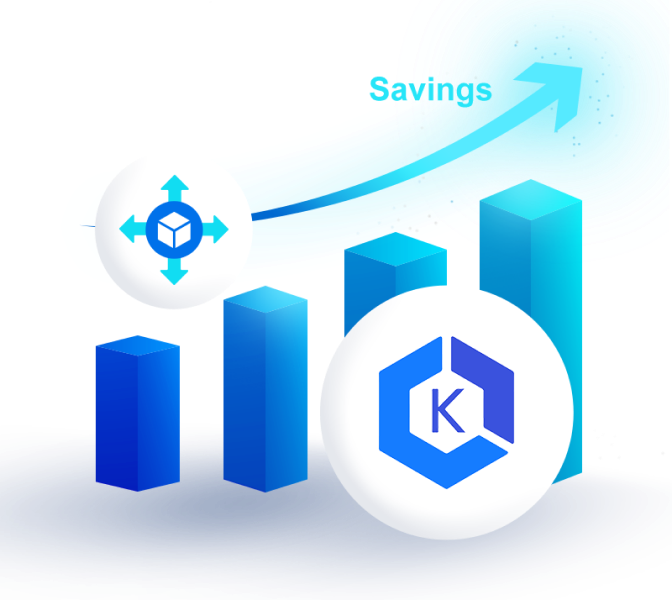Multi-cloud security is the process of protecting multiple cloud environments where you’ve built your applications. It includes a set of policies, solutions, and strategies that an organization implements to enhance the safety of its cloud environments. Multi-cloud security enables companies to benefit from using multiple cloud strategies while cushioning themselves from cyber threats.
A multi-cloud security approach helps protect applications and networks, and also reduces the risks of data compromise in the event of a cyber attack. A reliable multi-cloud security approach addresses the unique cloud challenges that arise with using diverse cloud infrastructure.
The multi-cloud security approach aims for the following:
- Achieving holistic visibility of your security environment
- Implementing reliable access management
- Implementing robust security controls
- Identifying and managing threats and vulnerabilities
Achieving these objectives places your business on a higher level. With the right approach, you can manage a multi-cloud architecture without headaches.
What are the Best Practices for Multi-Cloud Security?
The primary aim of multi-cloud security is to secure multiple cloud platforms. It differs from a single-cloud approach as you are managing completely different infrastructures. Here are some of the best practices for multi-cloud security.
Using Compliance as a Building Block
Back Up Data Routinely
Performing regular cloud backups is among the best ways to secure your multi-cloud infrastructure. Automated data backup ensures you don’t have to worry about backing up your data, because it happens automatically. Automated backup reduces the errors and inconsistencies of manual data backup.
Ideally, you should enable multiple data backups each day. Besides backup, you can implement zero-trust strategies to keep your data backups secure.
Use the Principle of Least Privilege
If you have resources spread across multiple cloud solutions, it’s best to implement the principle of best privilege. With best privilege, each cloud user should only be able to access the resources they need for work.
With this approach, you can prevent the access of sensitive data from users who don’t need access. Also, it limits the extent to which a cloud attacker can reach if they hack into a user account. To make this approach work, create a transparent process of assigning rights to users to protect your data without hindering workflows.
Multi-Cloud Monitoring
Bottom Line
This shift to multi-cloud brings flexibility—but also operational chaos, hidden costs, and steep learning curves.
That’s where platforms like nOps come in. While each cloud provider has its own cost tools, none give you a unified view across environments. nOps pulls in cost and usage data from AWS, Azure, GCP, Kubernetes, and even SaaS platforms—then normalizes it into a single, business-friendly view. Whether you’re trying to understand container spend in EKS, compare compute costs across providers, or allocate multicloud usage by team or feature, nOps makes it easy to see and act on what’s really driving cloud costs.
nOps was recently ranked #1 with five stars in G2’s cloud cost management category, and we optimize $2+ billion in cloud spend for our customers.
Join our customers using nOps to understand your cloud costs and leverage automation with complete confidence by booking a demo with one of our multicloud experts.




